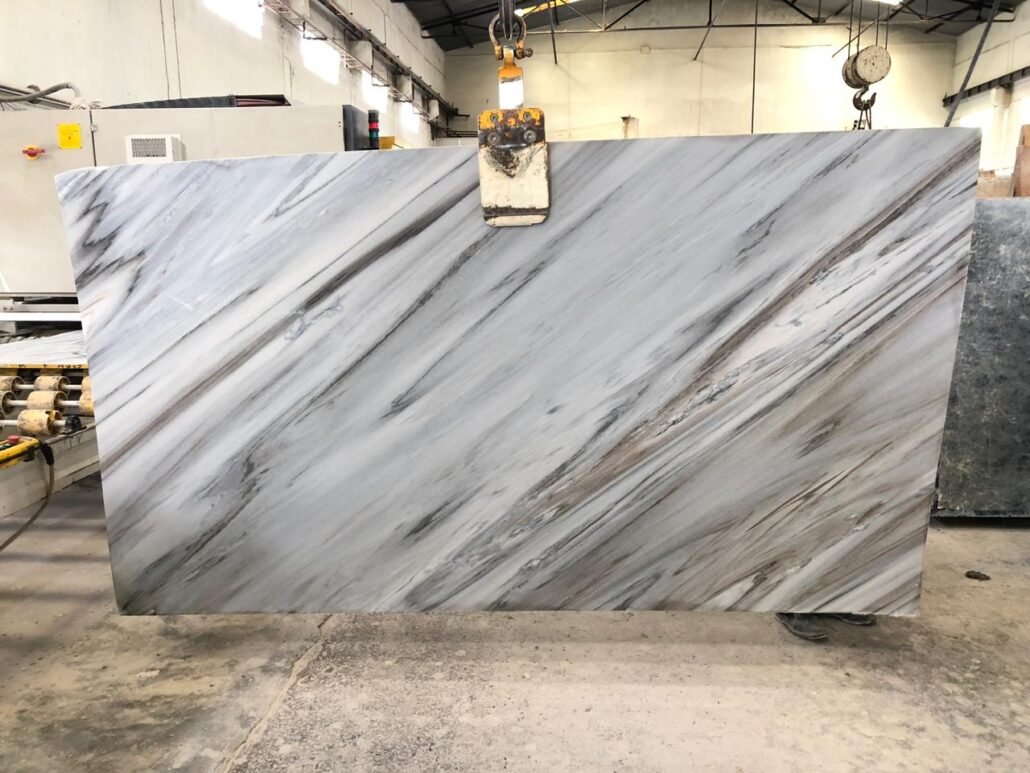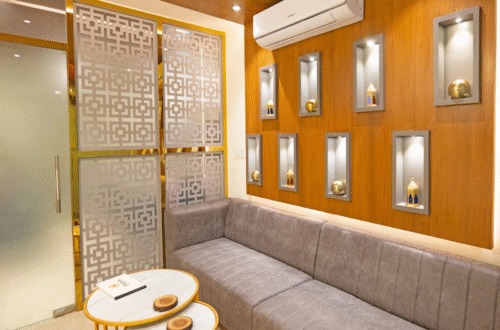In the world of natural stones, the debate between granite and marble continues to stir interest among architects, builders, and homeowners. Both stones have rich histories, timeless appeal, and unique characteristics that cater to different aesthetic and functional needs. Yet, in recent years, industry trends have shown a noticeable shift in consumer preferences—raising the question: Is granite overtaking marble in popularity? To understand this shift, it’s essential to explore the factors influencing today’s market, including durability, maintenance, design versatility, and global sourcing from trusted experts such as a Marble Supplier in India.
Understanding the Core Appeal of Marble and Granite
Marble has long been associated with luxury, elegance, and classic interior design. Its soft veins, subtle color variations, and smooth texture make it a preferred choice for bathrooms, sculptures, and flooring in high-end spaces. However, it is also a softer and more porous stone, making it prone to staining and etching with daily use—especially in kitchens and high-traffic areas.
Granite, on the other hand, is celebrated for its strength, resistance to heat and scratches, and wide range of colors and patterns. It is denser than marble, making it a more practical choice for countertops and commercial projects. The growing desire for long-lasting, low-maintenance materials has made granite an attractive option for both residential and industrial spaces.
Consumer Preferences and Practical Needs
Modern consumers prioritize functionality without compromising aesthetics. While marble holds unmatched appeal for visual luxury, granite provides greater longevity and resilience—especially in functional areas like kitchens and commercial floors. This balance of beauty and durability is driving demand for granite, as homeowners and project managers look for cost-effective investments.
Another key influence is the increasing awareness of maintenance costs. Marble requires regular sealing and care, whereas granite demands minimal upkeep. This difference in maintenance effort plays a significant role in purchasing decisions, especially for large-scale projects.
Sustainability and Source Transparency
As sustainability becomes a central concern in construction and interior design, consumers are seeking stones sourced through responsible mining practices. Granite, being more abundant in certain regions and requiring less treatment over time, is considered a more sustainable choice in many contexts.
Credible suppliers like a trusted Granite Exporter in India help ensure transparency, ethical sourcing, and consistent quality—further reinforcing granite’s rise in the market. Reliable exporters play a vital role in meeting international demand without compromising on environmental responsibility.
Design Trends Shaping Stone Selection
Global design trends are also influencing the choice between granite and marble. The contemporary design world favors bold, textured surfaces that highlight natural imperfections. Granite’s crystalline structure and color diversity align well with these preferences, especially in open-plan kitchens, feature walls, and luxury outdoor spaces.
On the other hand, marble is often reserved for accent features or luxury zones, where its delicate appearance can be showcased without the risk of damage. While it continues to be a staple in heritage renovations and upscale architecture, its role has become more specialized than general.
Cost Efficiency and Long-Term Value
From a budgeting standpoint, granite often delivers higher value per square foot due to its longer lifespan and minimal maintenance needs. Marble, while valuable, may incur higher costs over time due to polishing, sealing, and possible repairs. For cost-conscious developers and homeowners, this long-term value proposition leans in favor of granite.
Moreover, the adaptability of granite in outdoor applications, such as garden pathways, external cladding, and public infrastructure, makes it a go-to choice for architects aiming to unify design and durability.
Global Trade and Availability
The international stone trade has expanded significantly in the past decade. The consistent availability of both granite and marble from reliable markets has made quality natural stones more accessible. However, the increasing demand for weather-resistant materials in fast-growing markets has fueled the need for more robust options.
Leading exporters of Natural Stone Blocks are adapting to this shift by offering high-quality granite blocks suitable for processing across multiple industries. This diversification has further strengthened granite’s foothold in the global market.
Expert Insights from the Industry
Stone experts often emphasize that the choice between marble and granite is not binary but situational. Factors such as location, purpose, climate, and lifestyle all influence the ideal selection. Yet, the numbers suggest a noticeable surge in granite adoption across both urban and rural developments.
Exporters, builders, and designers confirm that granite’s strength and resistance make it especially suitable for countries with varied climates and construction norms. From countertops in North America to facades in the Middle East, granite’s versatility is reshaping architectural decisions.
Conclusion: A Complementary Coexistence with Shifting Preference
While granite may be gaining ground in popularity due to its performance and adaptability, marble’s charm remains timeless. The shift is less about replacement and more about redefinition—each stone finding its niche in a diverse marketplace.
Granite is overtaking marble in practical applications where performance, durability, and cost-efficiency are paramount. Marble retains its prestige in artistic, decorative, and exclusive environments. The popularity debate, therefore, reflects evolving consumer values and changing project dynamics more than a simple winner-versus-loser narrative.





